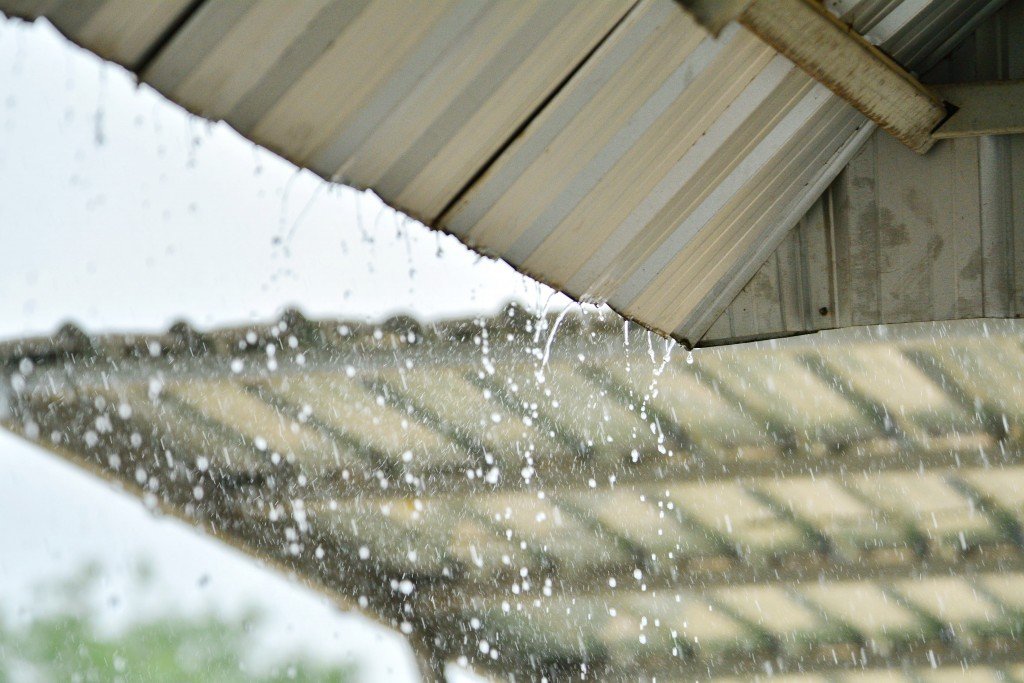The grass may become greener during the rainy season, but on the contrary, your soil could be at risk of eroding, and some of your plants may weaken and die. Just because they're receiving more water than usual means that they're about to thrive in the wet monsoon.
Your city or town's top landscaper would certainly recommend a few changes to be done on your yard before the drizzle falls. In severe cases, it's better to involve the pros to ensure that your prep work will be flawless.
That said, here's how to prep your garden for heavy rain:
1. Plant More
To prevent erosion, there have to be enough roots underneath the ground, because they make your soil sturdier. If you raise succulents, cacti, and other plants that are meant for drought, they need to be temporarily stored away and replaced with plants that can withstand heavy rains.
It's advised to choose plants that thrive in both dry and wet seasons, such as:
- River birch
- Redbud
- Willow
- Water oak
- Bald cypress
- Arborvitae
- Spice bush
- Fern
You can ask your local gardener or trusted landscaper for more plants that grow well in your area.
The rainy season is also a good time to do vegetable gardening, and likewise, you have to choose crops that endure heavy rainfall. Tomatoes, for example, grow well in the tropics, but they have to be planted during the winter or dry season, not when rainy weathers begin.
Other veggies that love the rain are Asian greens, sweet potatoes, water spinach, amaranth, and salad mallow.
Consult an expert as well before deciding on the produce you'll grow. A lot of them may only be suitable in tropical areas, so if you live somewhere with a different climate, the crops that will be recommended for you may be an entirely different bunch.
2. Level the Uneven Areas
If you have a sloping landscape, the slope's grade should be decreased to reduce the risk of erosion. Steep slopes may also cause contaminated runoff (from chemical lawn treatments) to pollute your drains and local water supplies. In addition, the water-sensitive plants where the runoff flows toward may drown and die.
3. Curb Runoff
If the rain isn't soaking your soil enough, there may be too many impermeable surfaces around your yard that prevent the water from draining into your soil. To fix this, curb the runoff by installing walkways with groundcovers, or put landscape rocks in between the pavers. You may also use permeable grass covers on your driveway instead of concrete.
4. Build a Rain Garden
Instead of curbing the runoff, you may just build a rain garden. It collects rainwater from your roof or driveway and lets it soak to the ground. It's a great aesthetic feature in your yard, too, as it attracts butterflies, birds, and other wildlife.
Locate a low spot in your yard, then build a berm around it. Create swales to direct the water flowing from your gutters and the higher parts of your yard. Fill the water network (the lower soil below the berm) with plants that thrive well in your area.
The minimum depth needed for rain gardens is 10 inches. (6-inch pond depth plus 4-inch freeboard) You may need to rely on a professional landscaper to achieve this outcome.
5. Use Rain Barrels
If your yard is too small for a rain garden, use rain barrels to collect rainwater, instead. The water it will collect can be reused when the dry season comes again.
Landscape maintenance during the rainy season may be a lot of work, but the effort you'll exert will definitely pay off. The beauty of the greener grass will be accented by the vibrant blooms and held securely by the sturdy ground.

